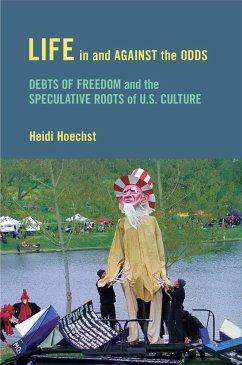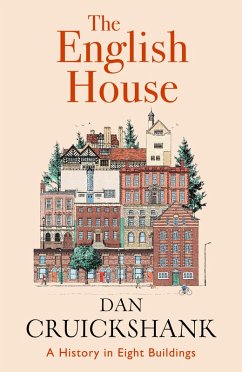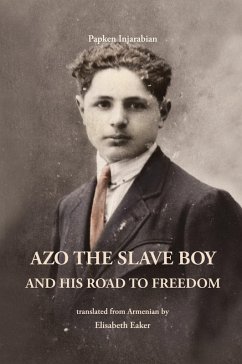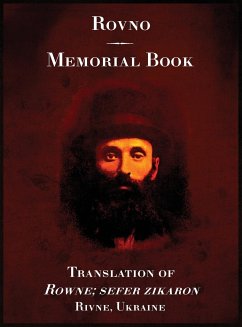
Leroy Hermes
Gebundenes Buch
Overcoming the Odds: From Farm Boy to Prominent Architect and Community Leader.
Versandkostenfrei!
Versandfertig in über 4 Wochen

PAYBACK Punkte
10 °P sammeln!




Overcoming the Odds: From Farm Boy to Prominent Architect and Community Leader.
Leroy Hermes was born at home in 1938, in Lavaca County, Texas, on a small family farm with no electricity and no indoor plumbing which did not arrive until until after World War II when electrical power was distributed throughout rural Texas. He attended a rural school where his class consisted of only eight students. Living on a farm and ranch demanded hard work and long hours because chores, crops and farm animals require attention from sunup to sundown seven days per week. He went to high school in the closest town ten miles away where the student body consisted of about 240 students. After graduation in1957, he enrolled at the University of Texas in Austin to study architecture because he loved to draw and because he had once met an architect and knew that was what he wanted to be. He was the first person in his family to ever go to college. Because his parents could not afford to pay for his college he worked while going to school to pay his way. He lived in a dormitory on campus that was a relocated World War II army officers barracks that cost $10.00 per month to share a four-man suite with no plumbing and no conditioning except for a common toilet and showers for the entire dorm. In 1960, at the middle of his junior year he lost his job in Austin, which at the time was a college town with a population of 75,000 people. He moved to Houston to find a job working for an architect and to attend the University of Houston. That transfer cost him twenty-five semester hours of architecture courses which would not be accepted by the University of Houston. After being in college for nine years he graduated with a degree in architecture in 1966. In 1968, he passed the five-day long architectural exam given by the state of Texas and received his license to practice architecture in Texas. One year later he started his own architectural firm in Houston where he practiced architecture for forty years. His firm Hermes Architects, grew t be the third largest architectural firm in Houston and provided architectural services for thousands of building projects throughout the United States. During those years, and after selling his firm to his employees and retiring, he remained active taking leadership roles in numerous business, political and social organizations. In 2001, Rick Perry, the Governor of Texas, appointed him to the Board of Regents of the University of Houston System for a six-year term of which he served two years as Chairman of the Board. In 1997, the University of Houston College or Architecture honored him by including him as of the top fifty architecture graduates on the colleges fiftieth anniversary. In 2011 the University of Houston honored him with a Distinguished Alumnus Award. The only course the author did not pass in college was English 101, a mandatory freshman theme writing course. In high school he did not learn how to properly compose words into a written composition, so his writing skills were self-taught out of necessity to be successful in the business world. Writing this book was a great personal accomplishment.
Produktdetails
- Verlag: Neil Investments Inc
- Seitenzahl: 220
- Erscheinungstermin: 8. September 2020
- Englisch
- Abmessung: 231mm x 155mm x 18mm
- Gewicht: 499g
- ISBN-13: 9781098325701
- ISBN-10: 1098325702
- Artikelnr.: 59961575
Herstellerkennzeichnung
Libri GmbH
Europaallee 1
36244 Bad Hersfeld
gpsr@libri.de
Für dieses Produkt wurde noch keine Bewertung abgegeben. Wir würden uns sehr freuen, wenn du die erste Bewertung schreibst!
Eine Bewertung schreiben
Eine Bewertung schreiben
Andere Kunden interessierten sich für











